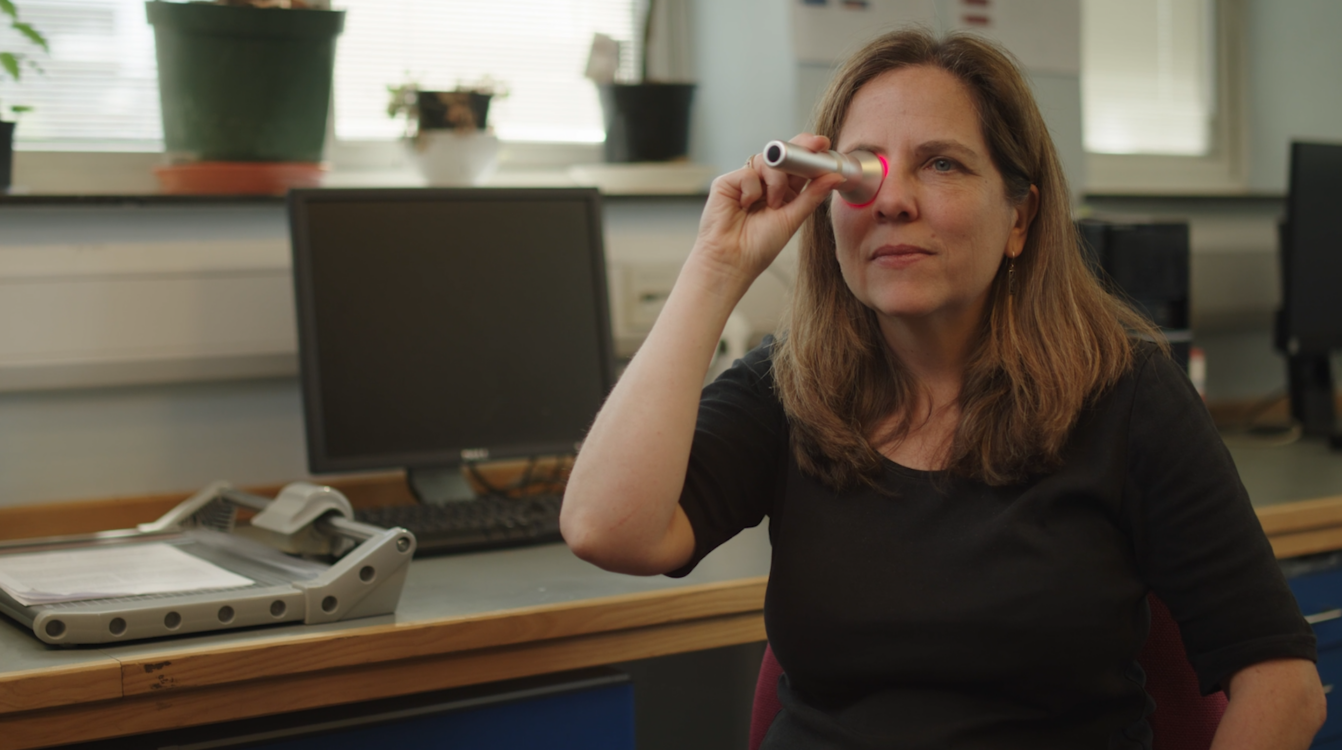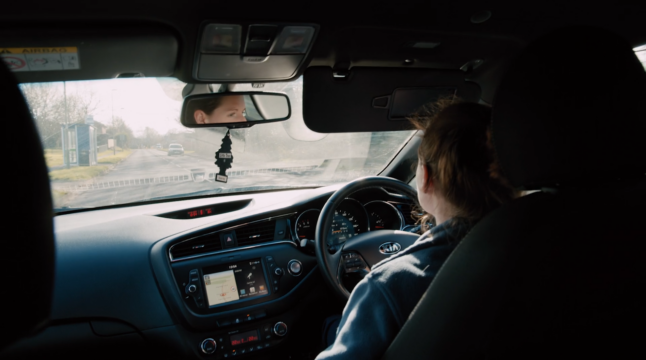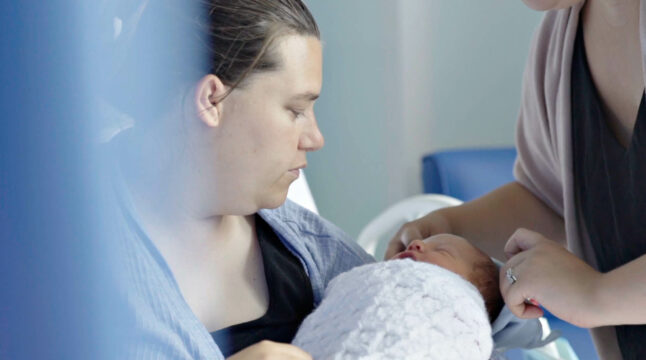The brief
Shining light on a difficult topic through storytelling
Sight loss isn’t something that many people want to talk about. It’s scary, we don’t want to think about it happening to us or the people we love. But we need to talk about it. We need to do more than talk; we need to research the root causes. Without this research, people will continue to have their sight affected and medicine won’t be able to reverse the damage that some people have experienced. We need new treatments for existing eye conditions and these depend on research.
The problem is research requires money, money that isn’t always easy to access. Of all medical research, research into eye conditions and treatments gets only a tiny proportion of funding. That’s where charities like Sight Research UK come in. They facilitate funding for research, direct funds to the people who are actually doing research. They do this in the hope that treatments for eye conditions will be improved or even new treatments developed.
As part of a more direct marketing strategy, Sight Research UK wanted us to create some films for them. These films would be about the real experiences of researchers and patients. The hope was that by showing the effect that eye conditions have on people and the sheer passion and determination of researchers that there would be a boost to fundraising. This fundraising would then go on to fund research. These films had to be honest, impactful but, most importantly, they also had to be hopeful.
What we did
The pre-production for this project was just as much about laying the groundwork for how we worked with storytellers as it was about logistics. Particularly with the patient story, we were asking someone to share a story that is painful and distressing. We don’t want to cause any harm with our work, so we spent a good chunk of our time in pre-production finding the right storytellers and creating a methodology which would protect their welfare. Only then did we start working on the logistics and technical side of the project. There were some pretty strong limitations in place, especially from the clinical side of things. For some of the stories we would be filming in active hospitals where we had to be conscious of our footprint. Even for the other films, we were going to need to limit what we used and the setups we were working with. The goal was to create films that had a documentary feel but without losing sight of the fact that these films had to look and sound good too. This is something that we’re pretty used to, but we still took the time to work on this and make sure that the approach we took was right for every storyteller and location.
Production for these films was interesting. Over 3 different locations we captured stories through interviews and then shot appropriate b-roll. It was a fairly standard formula for this kind of film, but we were able to capture what we needed thanks to helpful storytellers and careful planning. We knew a bit about each storyteller’s story, which meant that we could create fairly detailed story plans. Production was all about capturing what we needed to make those plans happen. That being said, we were still open to organic changes that came up on the days of filming. Production was smooth, thanks in no small part to the storytellers being so open with sharing their stories.
Post-production was really about us telling a story that was truthful to the storyteller whilst hitting the objectives of the project. This is always a challenge, but it’s something that we’re really passionate about. Fortunately, Sight Research UK were equally passionate about being truthful and compassionate in the way they shared these stories.
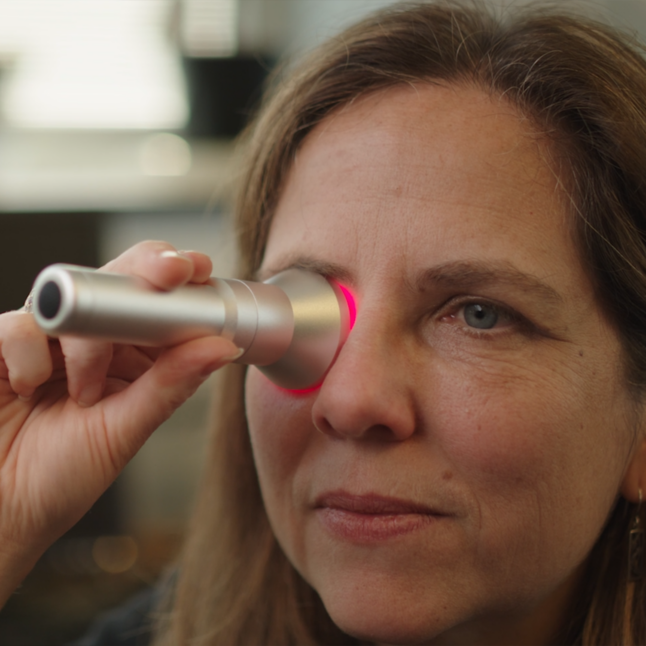
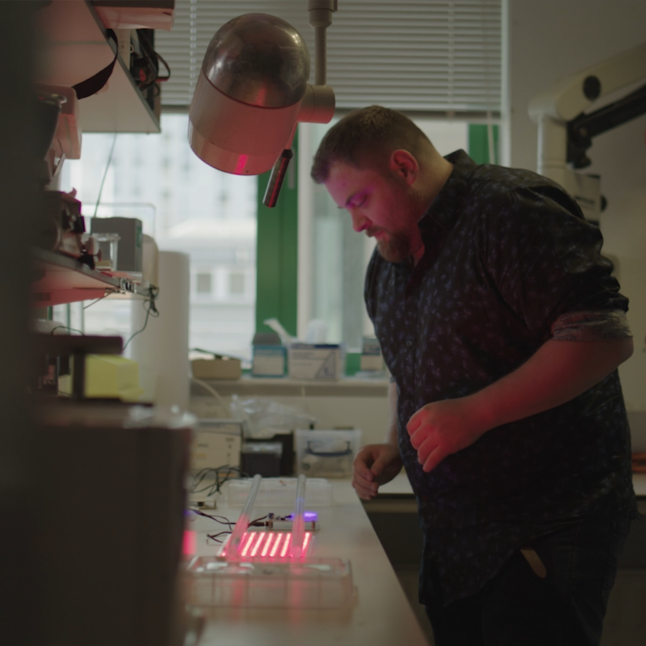
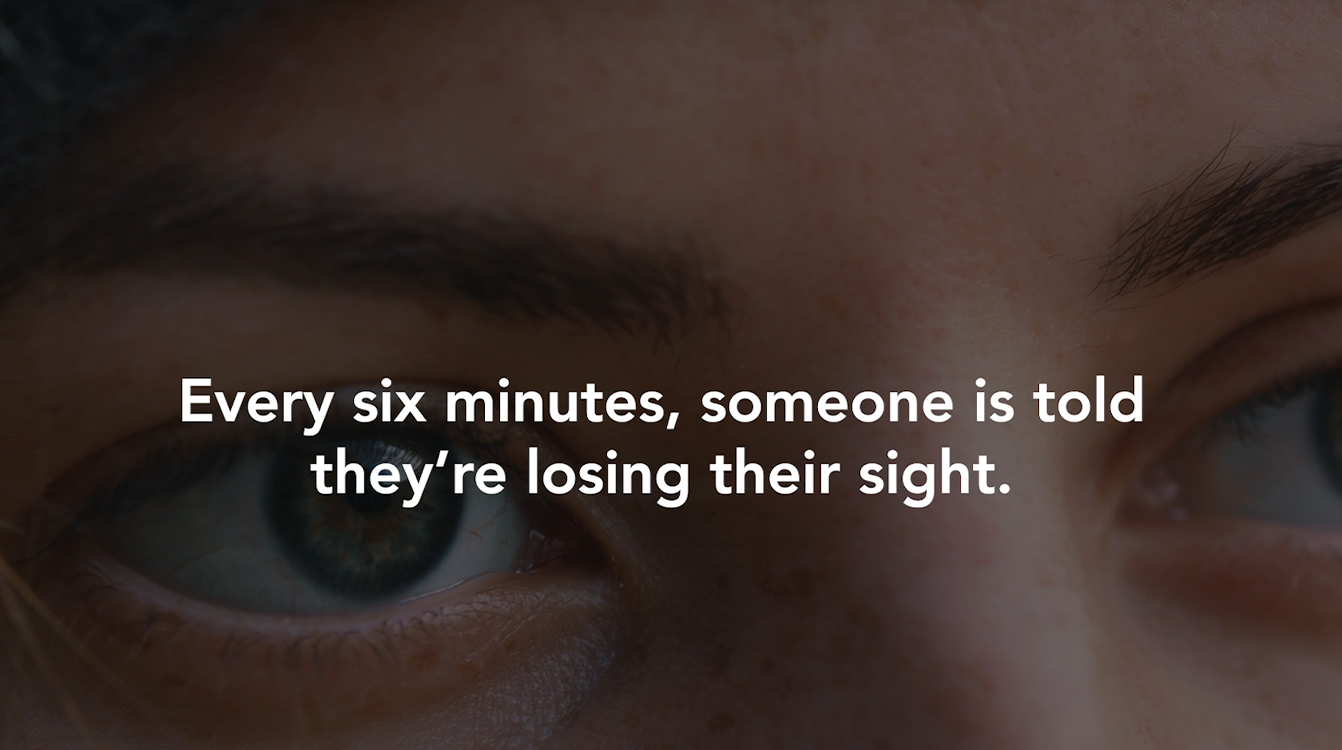
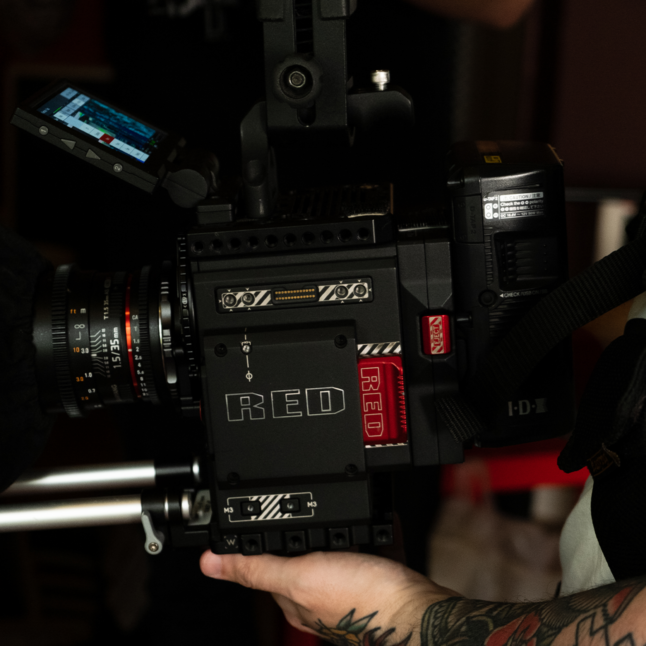
The technical
Story plans
3 days of filming
Post-production
Music licensing
The result
Real stories for real world impact.
Meeting people who are experiencing sight loss and who are constantly looking for treatments was inspiring for us. More importantly though, their willingness to share their experiences will go a long way in funding new and existing sight research. The project has culminated in 3 films, each one with a different perspective on sight research, and a number of social films. They’ll help Sight Research UK to reach their existing audience and new people altogether, in the hope that they will donate vital funds to the charity.
Other films
-
Patient story film coming soon
